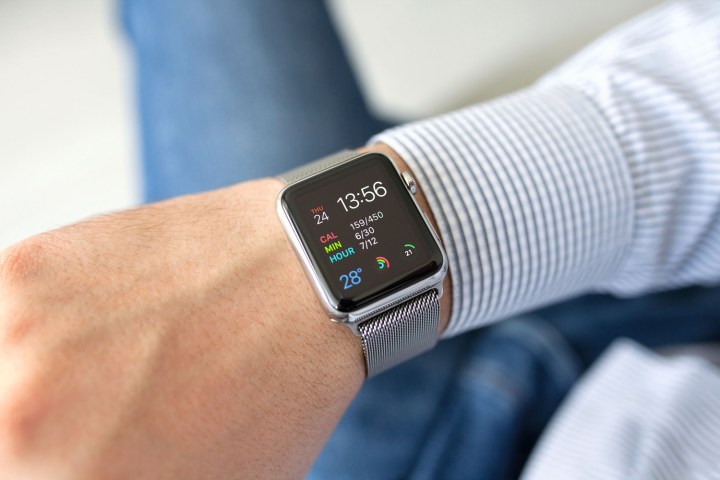
Another week, a few more Apple patents. A number of patents have been published from Apple, showcasing a few things that the company has been working on since last week. In particular, the patents relate to future iPhone housings, as well as improved notifications for devices like the Apple Watch.
Here’s a quick rundown of Apple’s new patents.
Haptic notifications

Apple may be looking to improve how haptic notifications are handled on devices like, for example, the Apple Watch. The patent, which is a continuation of a patent the company filed in 2015, describes the use of haptic feedback to distinguish what notification is incoming. In other words, you may get a long buzz for an email, versus a series of shorter buzzes for phone calls — allowing you to know what the notification is without looking at your watch or phone.
“Most electronic devices use the same haptic alert to notify users about multiple items of interests,” says the patent. “As a result, it may be difficult to immediately distinguish between a telephone call, a text message, or other such notification.”
We’ll have to wait and see how this shows up, but in particular we think it could be useful on the Apple Watch.
Coloring titanium for device housings
Apple may be looking into using a new material for upcoming devices — titanium. According to a fresh patent, Apple could look to using an oxide coating to color titanium, and that coloring method could be used on devices like the iPhone, Apple Watch, and even the MacBook series of computers.
The reason to use titanium, according to the patent, is that it’s pretty strong and resistant to corrosion, plus it’s pretty lightweight — making it perfect for consumer electronic devices. Only issue? It’s hard to color it with a consistent coating that’s also resistant to abrasion. Apple appears to solve that in the latest patent, with the use of different alloys — like an aluminum alloy over the titanium.
Using enzymes to make a phone more waterproof

It looks like Apple also wants to make its devices a little more watch-resistant. How? By using enzymes. According to another new patent, the company wants to use enzymes to keep polymer structures that make devices waterproof from degrading, thanks to exposure to things like fatty acids. Those fatty acids are really just a fact of life — they exist in human sweat and skin oils, and can degrade the gaskets and structures that keep a device like the iPhone protected against water.
Of course, as is always the case, there’s no guarantee that Apple will end up using any of these patents — but the fact remains that the company clearly is looking into ways to make its devices even better than they already are.
Editors' Recommendations
- Apple’s iPad lineup in 2022 misses the thing that used to make it great
- How to disable 3D and Haptic Touch in iOS
- Apple is working on MacBooks with retractable keys to make even thinner laptops
- Patent suggests Apple is seriously considering an iPhone with no ports
- Apple patent foresees a smart home that can ID you by reading your heartbeat


